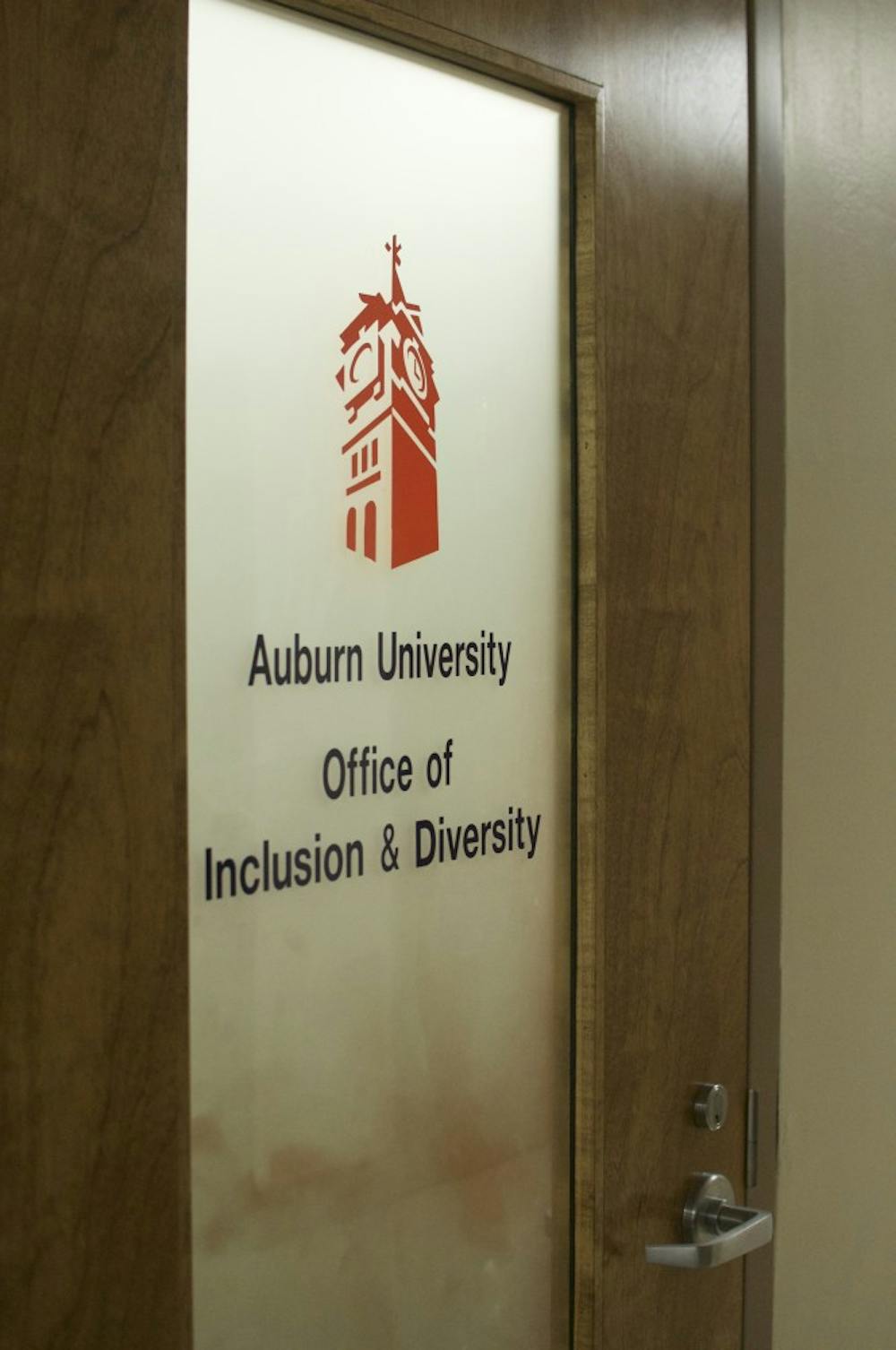On Tuesday afternoon, the Cross-Cultural Center for Excellence, under the Office of Inclusion and Diversity, held an event in the student center to educate about and discuss the differences between cultural appropriation and cultural appreciation.
Jalan Witherspoon, graduate assistant with the Office of Inclusion and Diversity, began by welcoming the audience and showing a TED Talk by Aaliyah Jihad titled “Cultural Appropriation: Why Your Pocahontas Costume Isn’t Okay.”
In her Talk, Jihad cited multiple instances in pop culture in which she felt negative cultural appropriation was taking place, such as Miley Cyrus’ attempts to make her image more “urban” through dress, demeanor and dancing style without respecting the culture of origin.
“‘Urban,’ a word she (Cyrus) uses interchangeably with ‘black.’” Jihad said in her presentation.
Jihad defined cultural appropriation as the act of adopting certain symbols, practices or traditions of a historically oppressed and targeted group of people by members of the privileged-agent group, thus making those symbols and practices appropriated.
After the talk, Witherspoon introduced the event’s speaker, David Carter, associate professor of history at Auburn.
Carter said some people in the room may have had conversations about cultural appropriation and felt like they were walking on a minefield.
“As a professor, I constantly feel like I’m walking on a minefield.” Carter said. “And I ought to.”
Carter said that as a white male studying African-American culture, it was important for him to think about cultural intricacies and dynamics.
Carter referenced a course he taught on the Civil Rights movement. The section had 25 students – only one of them was black.
“Whenever I would pose a question about any number of things, like racial biases or stereotyping, 24 necks would creak around and look at the one,” Carter said.
Carter said it can be a lot of pressure for one person to be expected to speak for an entire group, and he further discussed stereotyping and perceptions of people with different backgrounds.
Carter then challenged attendees to divide into groups and discuss what they felt the differences between cultural appropriation and cultural appreciation are.
After reuniting in a large-group discussion, Witherspoon showed another video intended to debunk cultural-appropriation myths.
Witherspoon said her inspiration to organize the event came from the national discussion earlier this year about whether it was appropriate for Utah teenager Keziah Daum to wear a traditional Chinese dress to her prom.
“I feel like cultural appropriation comes up a lot in pop culture,” Witherspoon said. “And I want people to be able to have more knowledge and more respect for other people’s cultures.”
Aleah Horton, graduate assistant in the College of Education, said she felt the event went well in that it brought up topics people either did not know much about or did not have a platform to discuss and navigate.
Horton said it is common for people to not realize they are culturally appropriating or disrespecting another’s culture.
“This is a space to learn more, and as you gain information, to adjust.” Horton said.
Do you like this story? The Plainsman doesn't accept money from tuition or student fees, and we don't charge a subscription fee. But you can donate to support The Plainsman.





